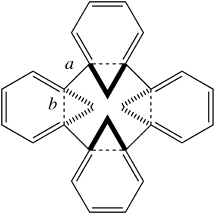
This story starts with an organic chemistry tutorial, when a student asked for clarification of the Finkelstein reaction. This is a simple S N 2 type displacement of an alkyl chloride or bromide, using sodium iodide in acetone solution, and resulting in an alkyl iodide. What was the driving force for this reaction he asked?








